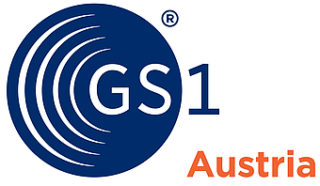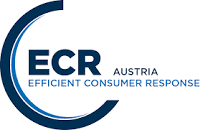e-Invoicing
E-invoices could save an annual 495 billion sheets of paper worldwide
This year, 550 billion invoices are expected to be printed around the world. According to the “2019 Billentis Study,” roughly 90 percent of these invoices are still paper invoices. Gerd Marlovits, the CEO of EDITEL Austria, calculates that a full transition to Electronic Data Interchange (EDI) could save at least 495 billion sheets of paper for invoices alone. Switching to EDI is a highly effective way to fight climate change. It also helps increase data quality, saves time and allows for the introduction of sophisticated digital archiving systems.
Digitalization and the electronic exchange of business documents are intertwined phenomena that are both gaining ground around the world. A recent market study by Billentis has shown that there is still a lot of potential. The study revealed that in 2019, a total of 550 billion invoices are issued worldwide, of which only 55 billion, i.e. 10 percent, are expected to be digital invoices. “Even if only one page is printed for every invoice, switching to Electronic Data Interchange would theoretically save 495 billion sheets of paper this year alone,” explained Gerd Marlovits, the CEO of EDITEL Austria. At a weight of 5 grams pro sheet of paper, the world would be saving 2.478 million tons of paper.
There is also great potential for despatch advices and other documents In Austria, 30 percent of invoices are already exchanged electronically, which is roughly the average number in Europe. Generally speaking, SMEs still have some catching up to do.
“Especially small companies oftentimes lack the technical infrastructure, e.g. if they don’t use ERPs. This makes it harder to introduce EDI,” said Mr. Marlovits. Even though SMEs theoretically strive for inexpensive and efficient processes, in practice they often lack the expertise and sometimes the courage to introduce them.
The number of invoices will increase fourfold by 2035
In view of the current heated discussion about climate change, Mr. Marlovits points to another issue raised in the aforementioned study. The total number of invoices issued worldwide, which is currently 550 billion, is expected to increase fourfold by 2035.
“In addition to curbing emissions and banning plastic, there are other ways of protecting our resources. By switching to Electronic Data Interchange, clients and suppliers can protect the planet and drastically increase their data quality at the same time,” Mr. Marlovits said. With EDI, invoices can be converted to standardized and structured data and sent out in a matter of seconds. This makes manual work obsolete and eliminates all potential room for error.
Reduces processing time by 60 percent
EDI is widely used in retail, by manufacturers of consumer goods, in the logistics and automotive industries, in restaurants and the food service industry as well as in the pharmaceutical industry. Oftentimes, business clients and their suppliers not only exchange electronic invoices, but also orders, purchase order responses, despatch advices, payment confirmations, etc. The American bank JP Morgan found that the processing time for paper invoices, from order and invoice processing to archiving, is between 30 and 120 days. The use of Electronic Data Interchange (EDI) reduces this processing time by roughly 60 percent.
Printed invoices for archiving purchases are counterproductive
A lot of unused potential remains for digital e-invoice archiving. In Austria, businesses must comply with specifications for electronic invoices over a timeframe of seven years, which is the statutory storage period. “We would be doing a disservice to the environment if we were to exchange digital invoices, but would then print them for archiving purposes,” said Mr. Marlovits. Legally compliant digital archiving is also possible across borders, which is especially relevant for retail and consumer goods corporations with international operations.



